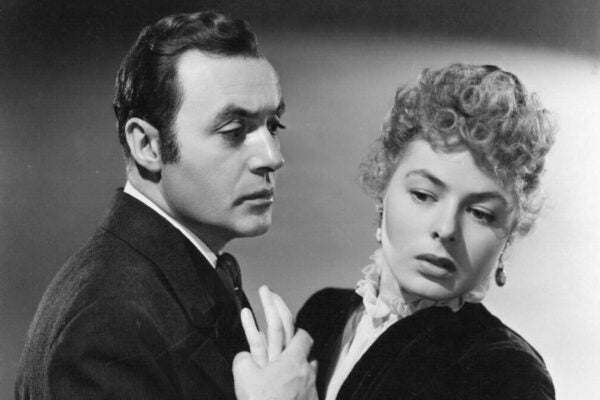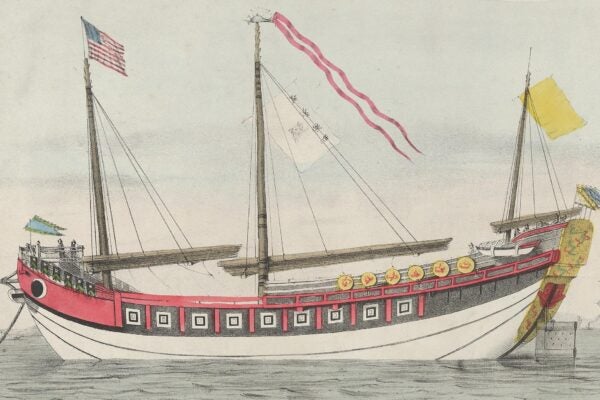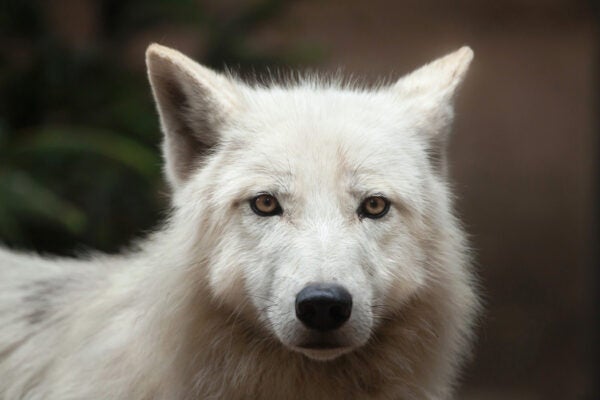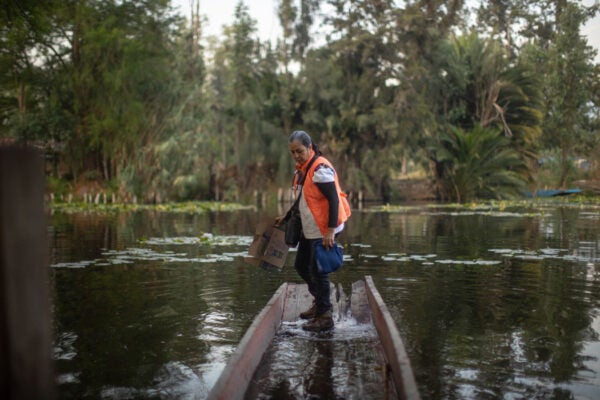What dangers lurk in the void? (Vox)
by Brian Resnick
Space travel exposes humans to radiation, gravitational changes, isolation, and perhaps other hazards we know nothing about. As we begin to explore farther beyond Earth, we need to learn more about what awaits our bodies.
The weird story of nori’s return (Atlas Obscura)
by Sabrina Imbler
After World War II, a crucial seaweed crop in Japan was damaged. Farmers were able to bring it back thanks to a British scientist who did obsessive, unpaid, work with algae.
Meet the robots that know what they are (Quanta)
by John Pavlus
Robots can now build accurate models of their own bodies, plan how to move, and tell when they’re damaged. Does that mean they’re self-aware?
Black Americans are still losing their land (New Yorker)
by Lizzie Presser
For much of U.S. history, black Americans haven’t been able to trust the court system with their property claims. The lack of formal deeds, along with violence and legal trickery, have cost black families hundreds of billions of dollars since 1910.
Making mice see things (The New York Times)
by Carl Zimmer
Scientists have found a way to make mice see lines that aren’t really there by activating specific neurons. The results could help them understand psychiatric problems that cause hallucinations.
Got a hot tip about a well-researched story that belongs on this list? Email us here.






